This Mysterious Mountaintop Tearoom Is Captivating LA
If you head to Los Angeles' Griffith Park, start on the Charlie Turner Trailhead for the Mt. Hollywood Hiking Trail, across the parking lot from the entrance to the Griffith Observatory. Keep walking through the Berlin Forest until you cross a bridge spanning the Mt. Hollywood Drive Canyon Road tunnel. Keep on weaving up the narrow trail, which will take you up to the unofficially named Taco Peak. When you arrive, you'll see an 80-square-foot teahouse, plopped into the middle of mother nature.
You've reached your destination. Relax, have some tea, and enjoy the view.
Visit, reflect, loiter. Just north of Dante's View. pic.twitter.com/QSxnwOhLIL
— GriffithParkTeahouse (@GParkTeahouse) June 30, 2015
Overnight on Monday, June 30, a group of anonymous artists smuggled the diminutive yet sturdy teahouse onto the premises. The structure is made from reclaimed wood from 2007's Griffith Park fire, along with felled redwoods on the verge of being mulched. The structure resembles a traditional Japanese teahouse, with a sleek slat roof and windows that frame a breathtaking view. "It reminds me of some of the ones used by ancient Japanese tea masters," tea expert Tiffany Williams explained to Carolina Miranda. "They liked to keep things very simple, very rustic."
A dangling sign invites visitors to inscribe their dreams and thoughts on the wood. "Write a wish for the city. Maybe a love letter. Or a memory, an observation, a constructive criticism. Ring the bell to seal your wish." If Yoko Ono had a guerrilla art phase, she'd definitely pull a move like this.
Love HuffPost? Become a founding member of HuffPost Plus today.
What's on your mind? pic.twitter.com/1tgLXXBmM4
— GriffithParkTeahouse (@GParkTeahouse) June 30, 2015
Since the installation earlier this week, many Angelenos have flocked to this mysterious sanctuary. However, according to the artist collective, the L.A. Department of Recreation and Parks is threatening to remove the gift to the city from the premises. There's a petition circulating online to protect the teahouse, and as of now, it already has over 1,500 signatures. The petition is addressed to the L.A. Department of Recreation and Parks, City Councilman David Ryu, who represents Griffith Park in his district, Mayor Eric Garcetti, and former Councilman Tom LaBonge.
Some of the best things in life are temporary. Visit while you can. Bring tea, make a wish & enjoy the view. pic.twitter.com/lBS9GZTEQe
— GriffithParkTeaHouse (@GParkTeaHouse) July 1, 2015
"Art should not be destroyed and the tea house is a gift to the city," the petition states, "a 'love letter' celebrating LA. It's a place for reflection and wishes. It breathes life back into things destroyed, made from reclaimed wood from the Griffith Park Fire. It's a gesture of peace and a celebration of the artists' love for Griffith Park. There should be tea houses this meaningful in every park in the world."
However, there is hope! According to Modern Hiker, the Griffith Park employees encountered seemed smitten by the tiny tea den. "I expected them to be gearing up to take the whole thing down, but they actually seemed fairly charmed by it," Casey Schreiner explained. "They noted the construction was good, was limited to the already existing concrete, and seemed to be an improvement."
It's hard to say how long the enchanting space will be in existence, so visit while you have the chance. And definitely visit before the zen art project sells out.
New Sign At Griffith Park Teahouse: 'Starbucks Coffee Coming Soon' http://t.co/AqSZxD4dS7 pic.twitter.com/M81HQSGfD1
— LAist (@LAist) July 2, 2015
Sagrada Familia Basilica (Barcelona, Spain)
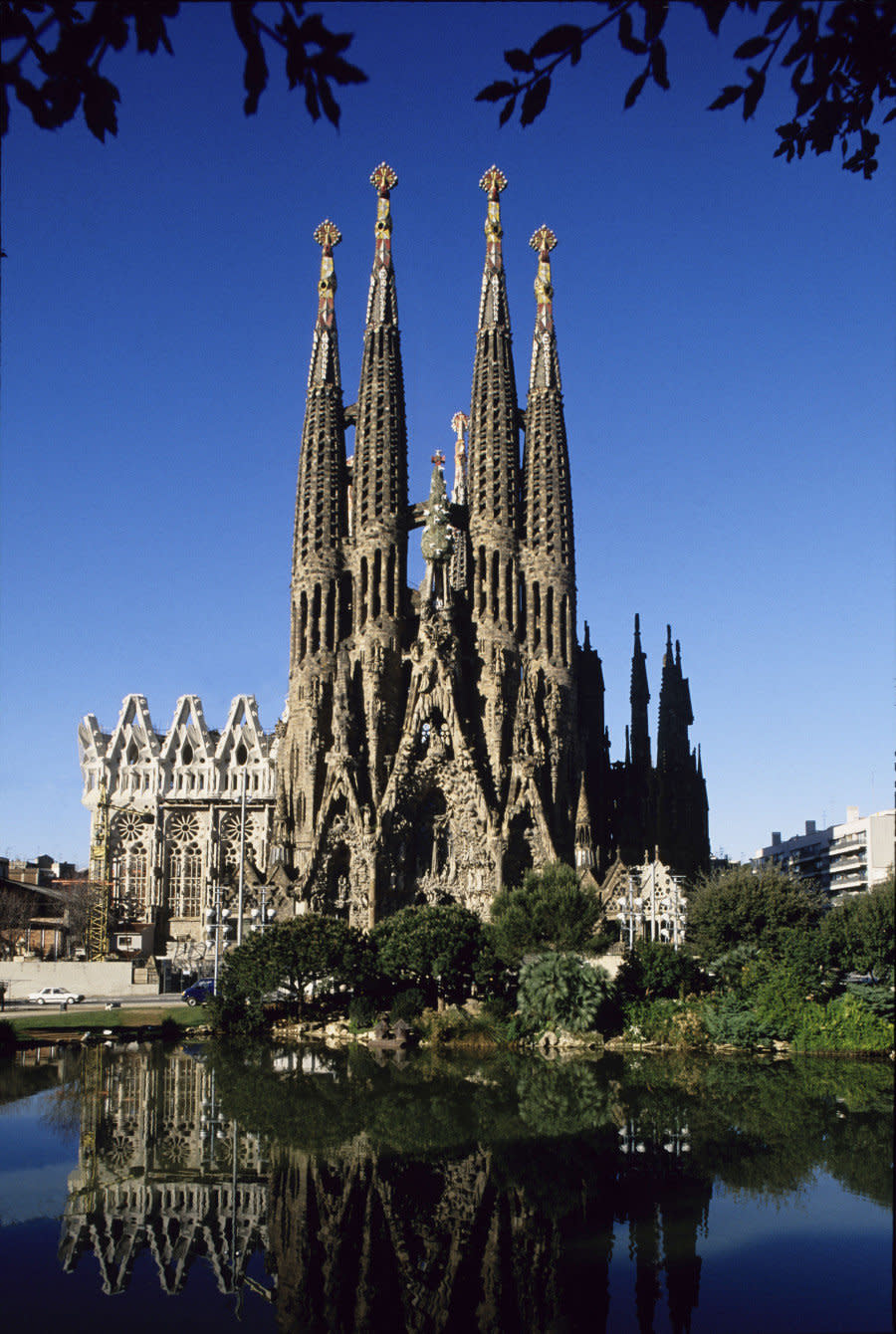
"The Sagrada Familia church might be called one of the strangest monuments of the Catholic faith."
Taj Mahal (Agra, India)
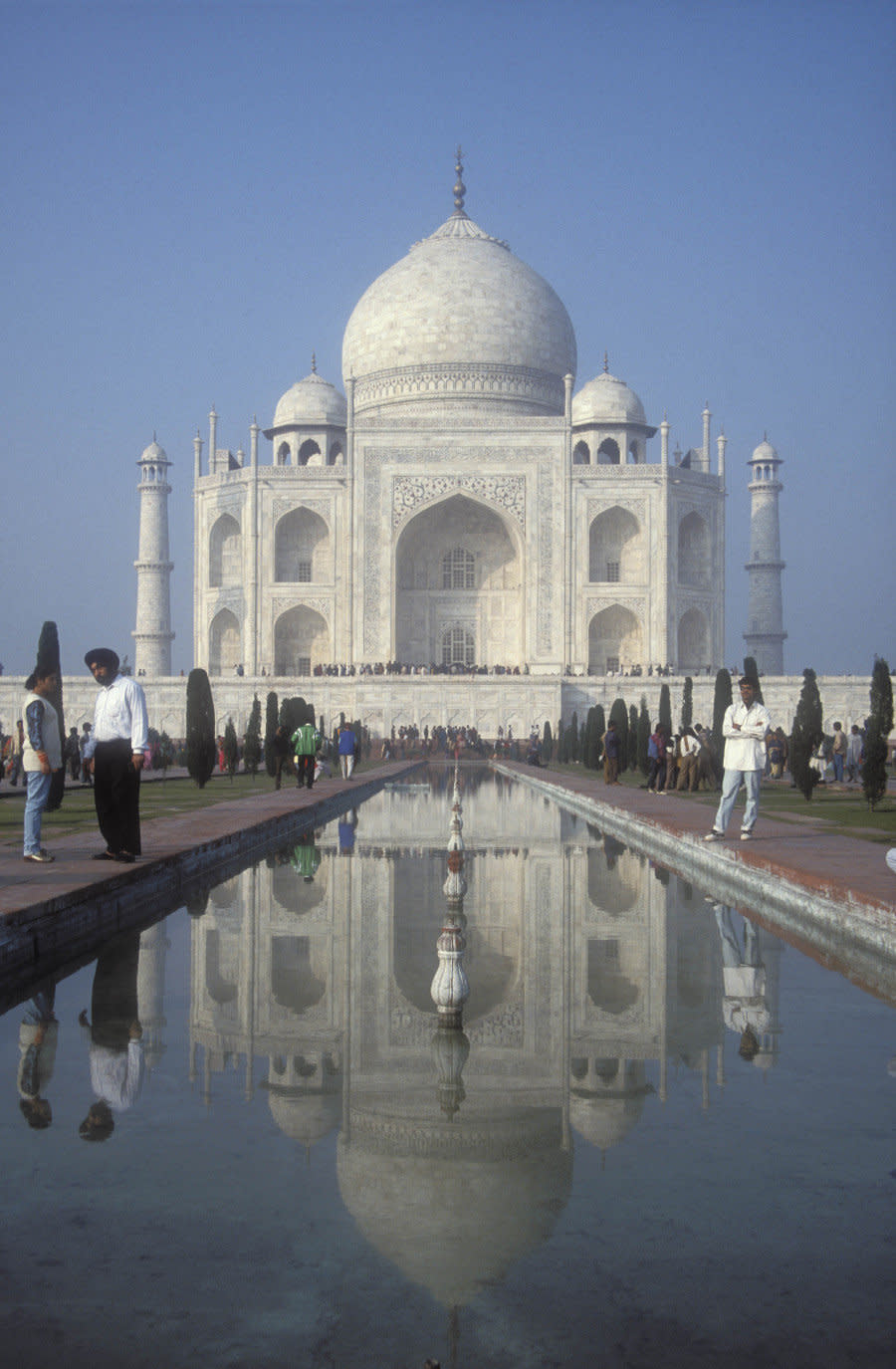
"The monument and its gardens carry a clear evocation of paradise as defined in the Quran and Islamic symbolism. Indeed, verses from the Quran inlaid in stone adorn both the gates and the Taj Mahal itself."
Red Square (Moscow, Russia)
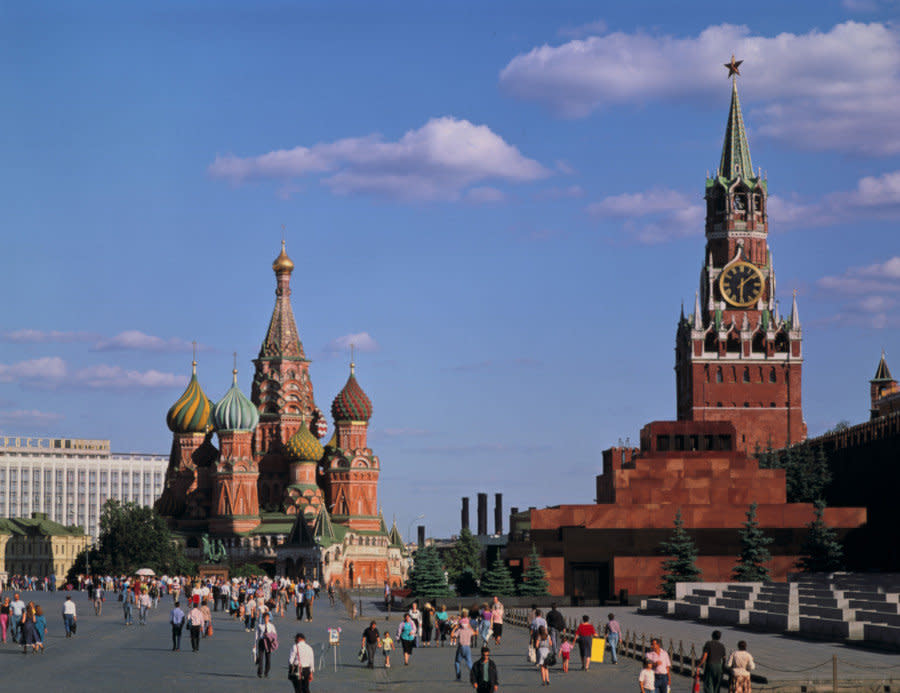
"It's colorful name, Krasnaya Ploshchad in Russian, dates from 1661 and is apparently related to the double meaning of the word krasnaya, which can translate as either 'red' or 'beautiful.'"
Palace of Versailles (Versailles, France)
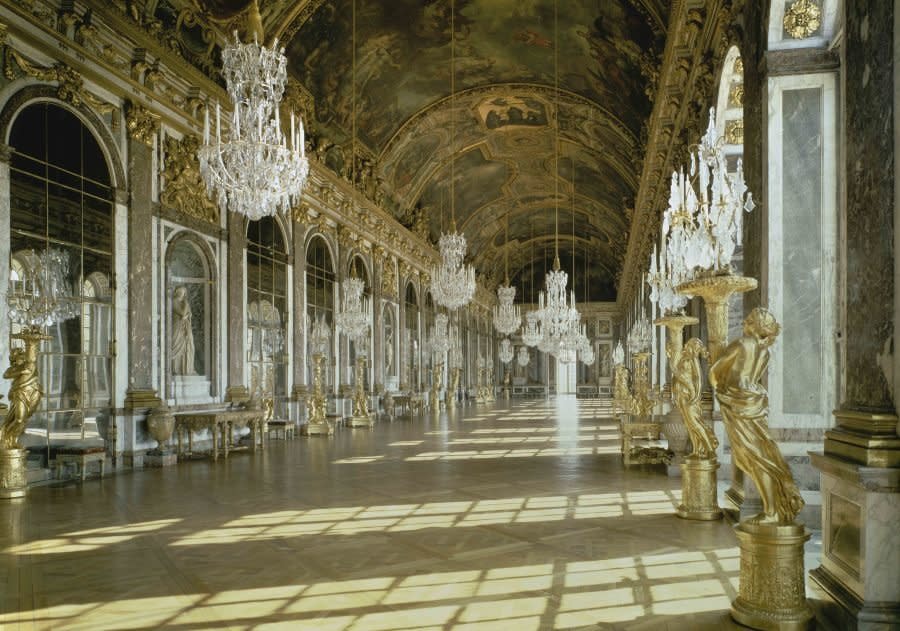
"The Chateau de Versailles, one of the most extravagant architectural endeavors of the French monarchy, started life as a relatively modest hunting lodge located 12.5 miles southwest of Paris."
St. Peter's Basilica (Rome, Italy)
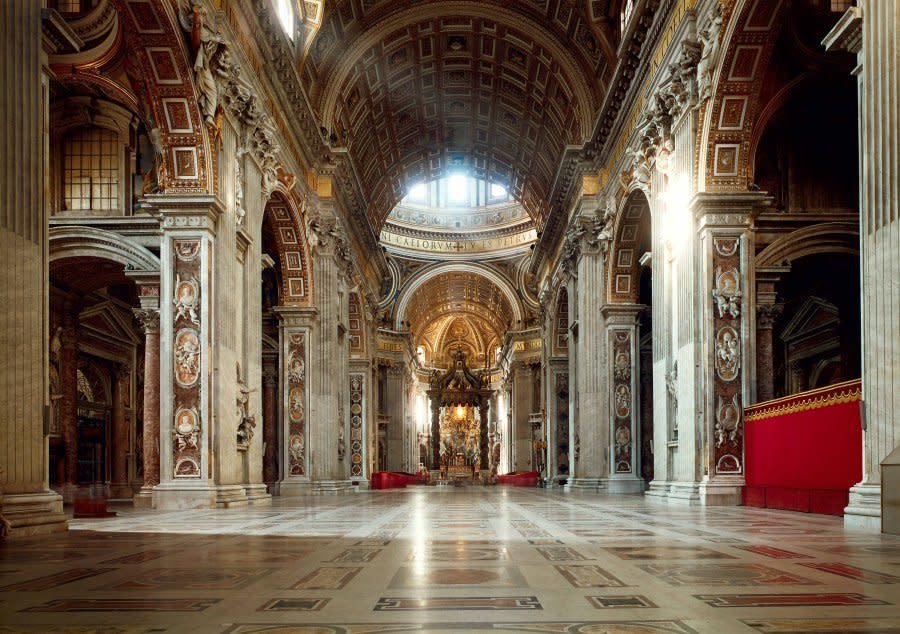
"Work on the new basilica lasted 120 years and cost so much that the sale of 'indulgences' contributed to increasing religious opposition to the Roman Catholic church and to the rise of Martin Luther."
Great Wall (China)

"A testimony to the history and culture of one of the greatest nations, the Great Wall is the clearest proof that architecture and civiliation are intimately linked."
Fatehpur Sikri Palace (Fatehpur Sikri, India)
![<em>Built by Jalal'ud-Din Muhammad Akbar in 1572-85.</em><br> "Despite the apparent rigor of the [building's] design, the forms and plans employed are a mixture of Hindu, Persian and Indo-Muslim inspiration, in effect creating a new Mughal style."](https://s.yimg.com/ny/api/res/1.2/ooszFwQuOm2u8dB7g6PdqQ--/YXBwaWQ9aGlnaGxhbmRlcjt3PTk2MA--/https://img.huffingtonpost.com/asset/55b7721a1d00002f00142e69.jpg)
"Despite the apparent rigor of the [building's] design, the forms and plans employed are a mixture of Hindu, Persian and Indo-Muslim inspiration, in effect creating a new Mughal style."
Al-Azhar Mosque (Cairo, Egypt)
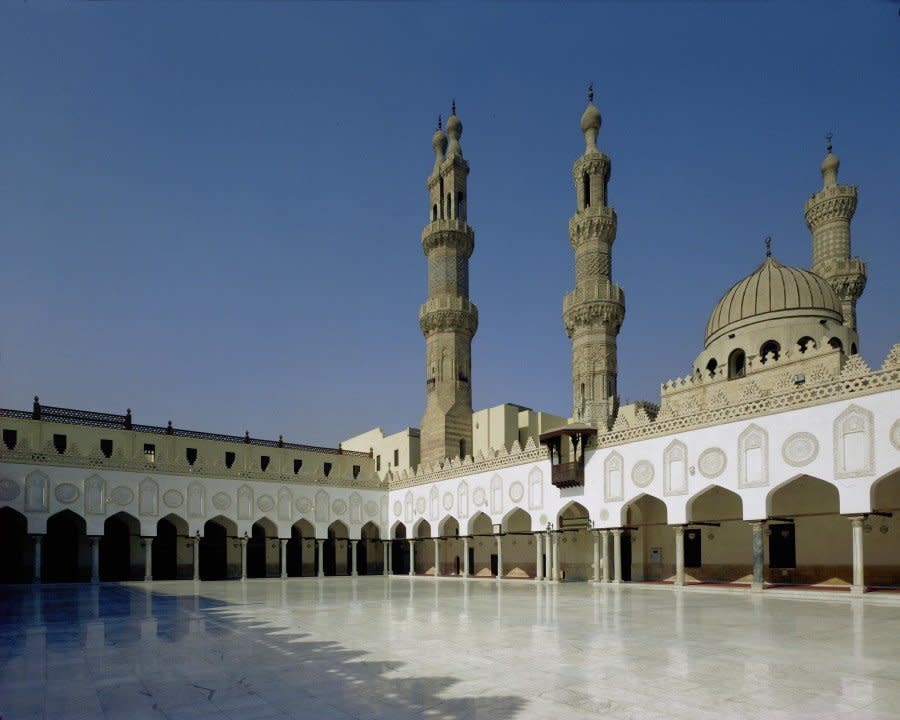
"It is rare that a single monument embodies and symbolizes the history of a great city, and yet this is surely the case of Al-Azhar Mosque in Cairo."
Forbidden City (Beijing, China)
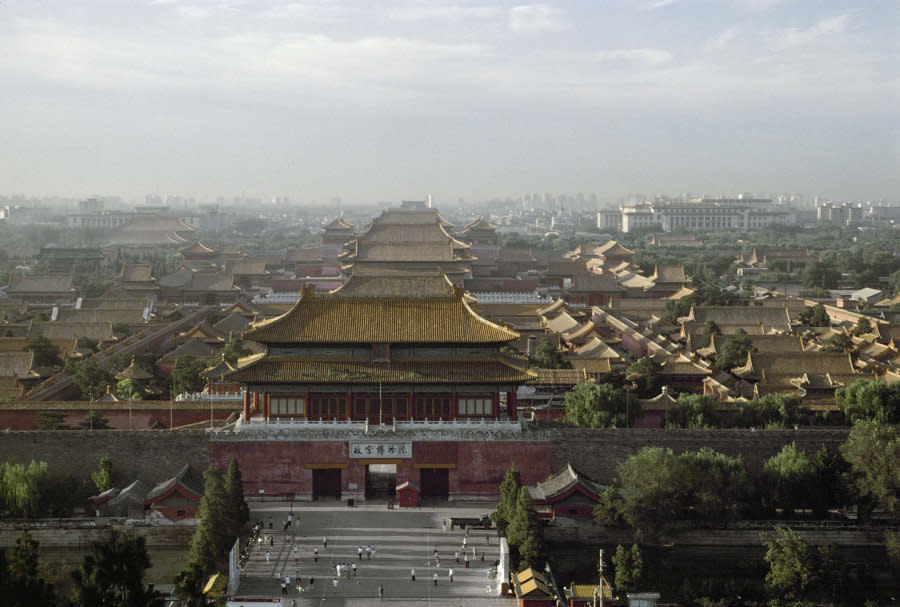
"The Forbidden City contains no fewer than 980 buildings and nearly ten thousand rooms, with the most significant structures placed in the center on a north-south axis."
St. Paul's Cathedral (London, England)
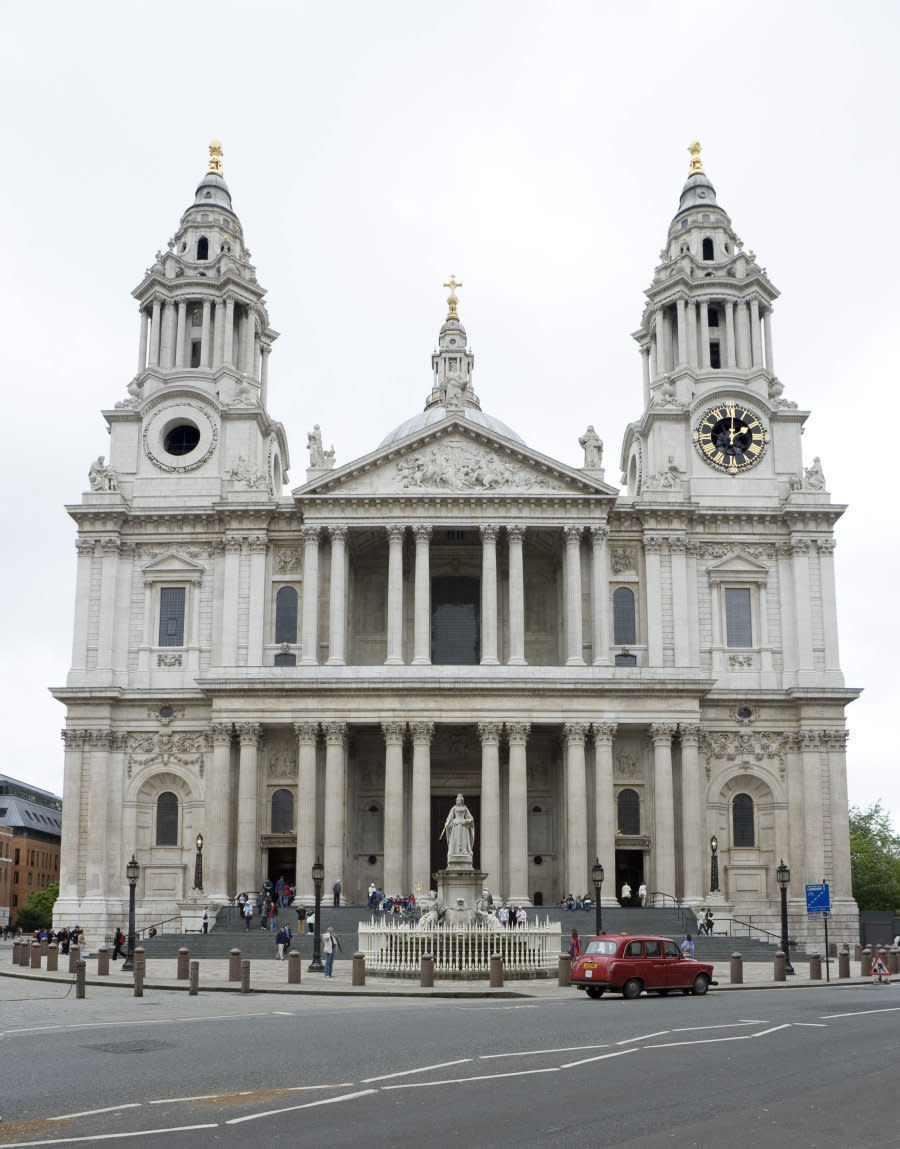
"Aside from its long dominance of the London skyline, St. Paul's Cathedral has also influence urban development... certain sight lines allowing views of the famous dome must be kept unencumbered by other buildings."
This article originally appeared on HuffPost.

